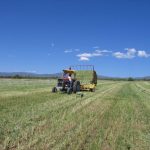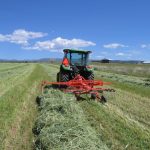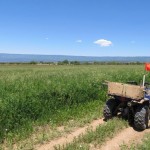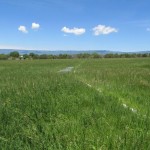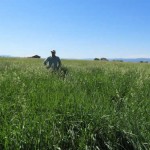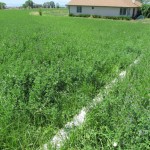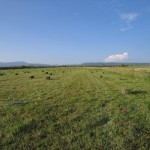Each year at D R Fish Fertilizer Company, we average between three to four thousand bales of hay, depending on the weather and availability of water stored in our mutually shared reservoir.
In order to bring you our mix of alfalfa hay and grass hay, we overseed our hay fields with a mix of 30% alfalfa and 70% grasses. We also plant legumes such as alfalfa and clovers, plus grasses such as orchard, smooth bromes, five different rye grasses, timothy, and some grasses native to our high desert environment. In the fall we sometimes overseed winter ryes and winter barley grasses. We stagger this overseeding every other year on each field. Contact us today to learn more!
At D R Fish Fertilizer Company, we make sure our hay is right for a wide variety of livestock including:
- Horses
- Cows and calves
- Goats
- Sheep
- Alpacas
- Pigs
- Rabbits
To do this, we test all of our hay that comes out of each field, by performing a forage analysis to determine if what we’re adding as inputs are providing the nutrition for the livestock that is consuming it. Each year is different based on weather conditions, and amounts of water we can store in our organic matter of the soil. That’s just the life of a farmer, but it’s still challenging and fun.
These variables depend on the ratio between grass and alfalfa, (the first cut) which is generally 70% grass to 30% alfalfa, but on the (second cut) the ratio is sometimes 60% alfalfa to 40% grass, this is based on temperatures thru that growth period in the summer.
We get these food values in the hay we sell you by using the same organic soil fertilizer inputs that we sell to you for your crops. If you’d like to see the test results for your hay bales, we can provide the test results at time of purchase.
We bale our hay into small square bales, averaging between 65 and 70 pounds. Our hay is then barn stored and dry throughout the year, even in the winter.
At D R Fish Fertilizer Company, we pride ourselves on the quality of our hay, not the quantity we can get in the barn. Ready to try our hay? Want to learn more about our soil biology? Call us today
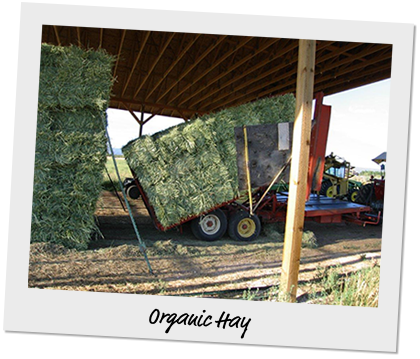
Take a look at what we typically find when we test our hay:
- Our hay generally has a Crude Protein (CP) between 14% and 21%.
- Our Total Digestible Nutrients (TDN) on average are 65% to as high as 78%.
- Our Relative Feed Value (RFV) has ranged between 120 to 260.
- All of the trace elements on our hay are always well above average.

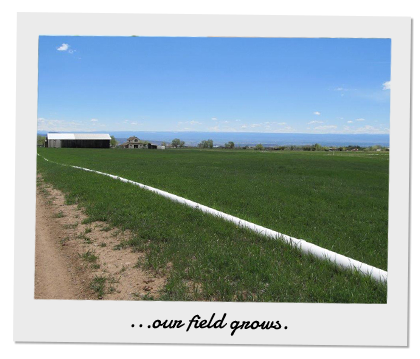
Forge Analysis
When we grow hay, Forage Analysis is an important tool for you as the grower, as well as the consumer— your livestock. When we started out 25 years ago, before we started using the current fertilizer methods and products, our hay tested out at 40% “Total Digestible Nutrients”. Since then, we generally have thru the off and on drought years here in Colorado tested in the 68% to 71% total digestible nutrients known as TDN in the AG world. On some of our very good water years the highest we have ever tested was 78,4% total digestible nutrients. That indicates that in our average 70 pound bale of hay, almost 80% of that bale is nutrient dense with 20% of fiber. Most of our customers say that their animals are eating a third less than other hay they have purchased, and not wasting as much. We must understand that our plants eat every day. When we feed them the needed biology and trace elements they become healthy and productive providing the nutrients that all living things on this earth require.

